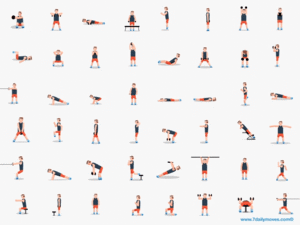Drive-by automobile emissions testing
About a half-dozen states now use it routinely to supplement their inspection programs, and at least 10 others perform periodic surveys and studies, mostly in urban areas with air-quality problems, to monitor overall compliance to clean air rules. In Colorado, for instance, cars that are found in compliance by a remote sensing device are exempted from vehicle emissions tests.
What makes this technology particularly useful is its ability to aggregate emissions data on makes and models of cars and measure how various models, vehicle technology classes and emissions-control components are performing on the road.
The results can be eye-opening. I was part of a team of scientists in Colorado that used this technology to identify emissions problems with Volkswagens and Audis that have two-liter diesel engines months before the recent scandal broke.
The first hint came from a colleague in Europe who, looking at remote sensing data collected in Switzerland, had noticed high diesel nitrogen oxide emissions coming from passenger cars. At his suggestion, we examined thousands of measurements collected by Colorado's vehicle emissions program.
Peter M. McClintock, air quality and vehicle emissions consultant for Opus Inspection, an international vehicle inspection company, and a contractor for the Colorado and Virginia emissions inspection programs.
Sure enough, late last year, we found nitrogen oxide emissions from Volkswagen and Audi two-liter diesel vehicles significantly above not only the regulations, but also above the emissions of similar vehicles. But we had no idea then that VW had rigged inspection tests, let alone of the scope of the company's subterfuge.
Cops walking their beats notice things, and in this sense, remote sensing is the "cop on the beat" of emissions control, spotting abnormalities, defective emissions devices, deteriorating emission-control systems or unexpected emissions in unusual conditions, such as high elevation and high temperature.
